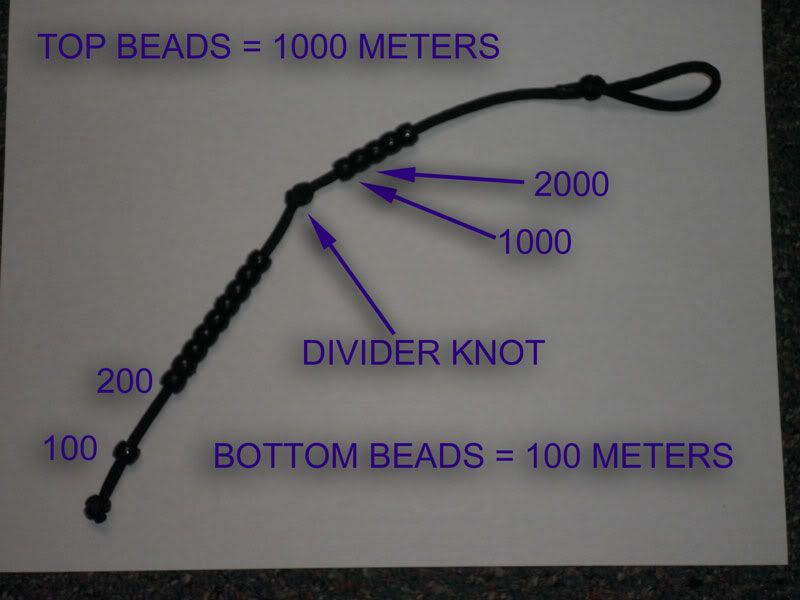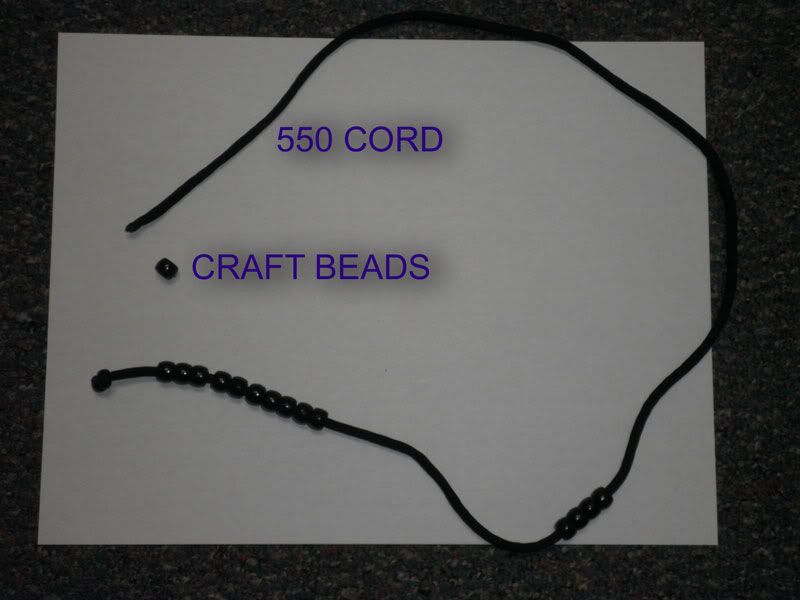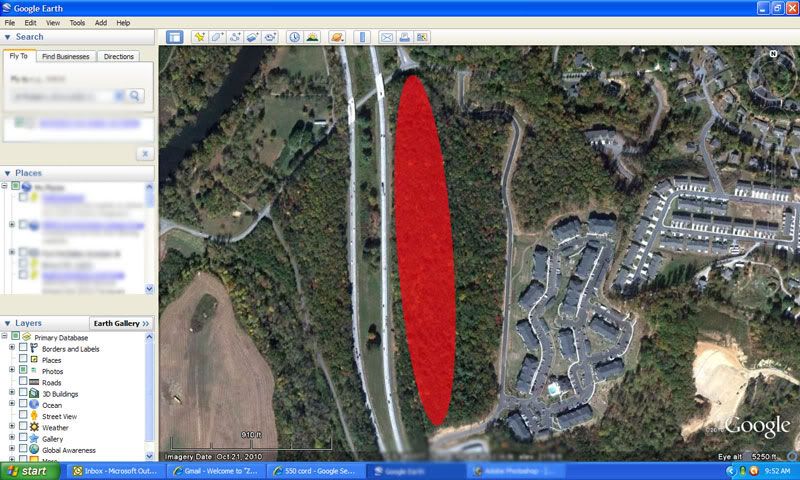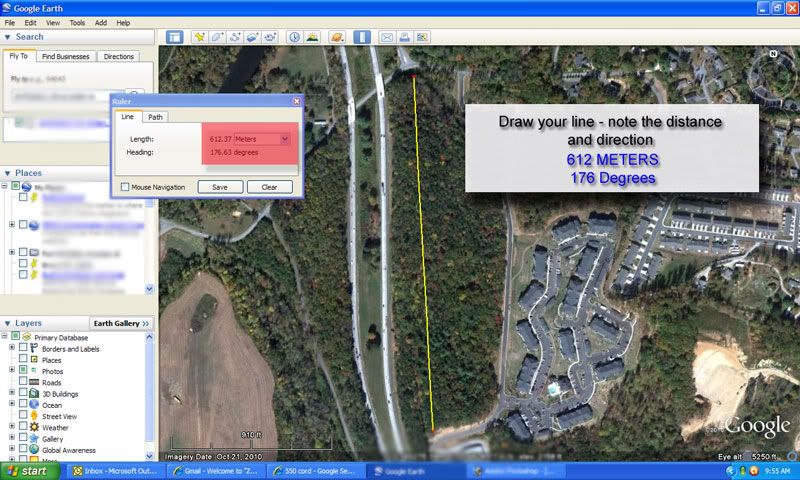Find Your Way
A series of articles dedicated to the lost art of land navigation and map reading
Determine your pace count
By H-Minus
Our last article discussed how to determine distance and direction on a topographical map. We touched on map scales, the difference between grid north and magnetic north. We even did a little bit of basic math…
Oh how I hate math…
This article will provide you with some tips and tools to help you determine distance by the number of steps you take. It is called a pace count. If used in conjunction with other land navigation skills, it can be a pretty accurate way to determine distance traveled in the woods. Many things can determine the way you walk. Age, fitness level, height, weight, ground conditions are just a few. To establish a pace count, one must try to simulate as many of these variables as possible. For instance, if you expect to do most of your land navigation with a pack on, then it stands to reason that is how you should determine your count.
It has been 28 years since I first walked the line to establish my pace count. When I started writing this article, I decided that it was time to see if it still the same. At 46 years of age, I might be in for a little surprise. Don’t get me wrong, I am in pretty good shape. I just think that back in the day, I spent more time in the bush than in the rear. I was more at home in the woods and it likely showed in how I moved. Now I might be a little more cautious when stepping over rocks, or crossing a stream. So, this summer, my goal is to establish a new pace count.
Some of you may already know that soldiers and marines sometimes had two types of pace counts. One was a regular count for normal terrain and the other was what we called our Jungle count. Mine was discovered while attending JWS in Panama back in the early 80’s. We adapted that count for very difficult terrain. I don’t use it these days, but it is an option.
The typical measurement for a pace count is in Meters. The equation goes like this (X = number of steps in 100 Meters). For me X=120. For every 120 steps (counting every step), I will have traveled 100 meters. If you remember in the last article, we determined distance on a map in meters. In fact, I believe the distance we determined on our map was 3400 meters. WOW! How many steps is that. Let’s see… 120 x 10 = 1200 steps in 1000 meters, then multiply 1200 times ???…. Oh forget it.. there is no way I can count that many steps.
Lets try a different approach to recording your pace count. There is a handy little tool that you can easily make and will help you remember your count for several thousand meters. It is called a Pace Cord. It only requires a little 550 cord, some craft beads and a lighter. The typical Pace Cord has two sections. The upper section has several beads separated by a knot leading to the lower section. The lower section has more beads. The beads on the top of your cord represent 1000 meters for each bead. Each bead on the lower section represents 100 meters. As you count your steps and reach the 100 meter mark, you will move one of the beads on the lower section down. Once all the beads on the lower section are in the down position, you will move one bead from the upper section down. You will then move all the beads on the lower section – up and start over.
There is some debate over how many beads should be on the bottom, but let’s simply use 10 beads.
Constructing your pace cord is very easy. Get out your handy 550 cord and cut a small section to take to the craft store. Find the bead section and look for the type and size you would like to use. Make sure they slide on to the 550 cord with some resistance. You don’t want them moving about while you are in the woods.
I placed 15 beads on my length of 550 cord. 10 beads for 100 meter increments and 5 beads for 1000 meter increments. Tie a knot on the bottom of the cord and use a lighter to lightly burn the knot. This will keep it from loosening up.
You will then separate the beads into tow sections. 10 on the bottom and 5 on the top. Tie a knot between the beads and leave some room for bead movement. Heat the knot, tie a loop at the upper end and heat it too.
Now you have a working Pace cord. You can attach this anywhere you wish.
The next step is to find a place to count your steps. A good rule of thumb is to walk a known distance over 100 meters and count each and every step. Let’s say you plot a 400 meter route and count each step. At the end of your travels, you simply divide the number of steps by 4 and you have an average pace count for 100 meters.
For those of you with a GPS, all you would need to do is set a starting point with the unit, walk several hundred meters using the device and do the math. Most GPS units will show you distance traveled. Use that to record the number of meters. Another way is to use Google earth to plot a route, walk the route and record your steps.
Google earth is a great tool for navigation and reconnaissance. You can download the program for free at:
http://www.google.com/earth/index.html
Find a location with two easily identifiable landmarks with an even distance between them. In this instance, I picked two road intersections on a plot of land near my home.
Next, use the “ruler tool” in Google Earth to plot you line. Start your line near a known point that you may easily identify. In this case, I set my start point about 20 meters in the wood line near a road intersection. My ending point is at a small clearing next to a dramatic turn in a road. The entire walk will be in the woods, with two streams and patches of dense underbrush.
Now I will use the “ruler tool” in Google Earth, to see what the distance is.
Lucky for me, the distance is slightly over 600 meters and the direction is parallel to a highway. I can’t get lost!
To find my pace count, I would simply walk from point A to point B using my compass set at 176 degrees and record each and every step. At the end of my trip, I will then take the total number of steps and divide it by 6. That will be my average pace count for 100 meters.
Example: Let’s say walking the above route takes me 755 steps total. I would simply divide 755 by 6.
755 ÷ 6 = 125.83 steps or 126 steps.
The “Google” method is at the moment unproven, but I feel confident that it will work. If you do not feel comfortable using Google to find your count, you can simply run 100 meters of string in the woods and estimate your count that way.
This concludes the 4th article in the “Find Your Way” series. Please check back soon where we discuss how to use landmarks to help you stay on track.
Thanks and see you again soon,
H-Minus







